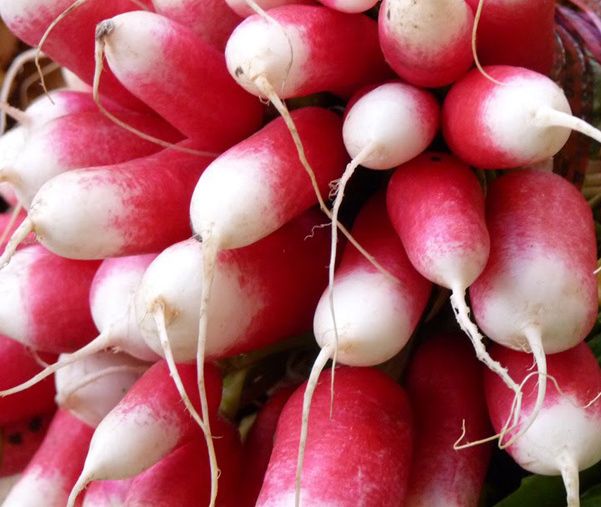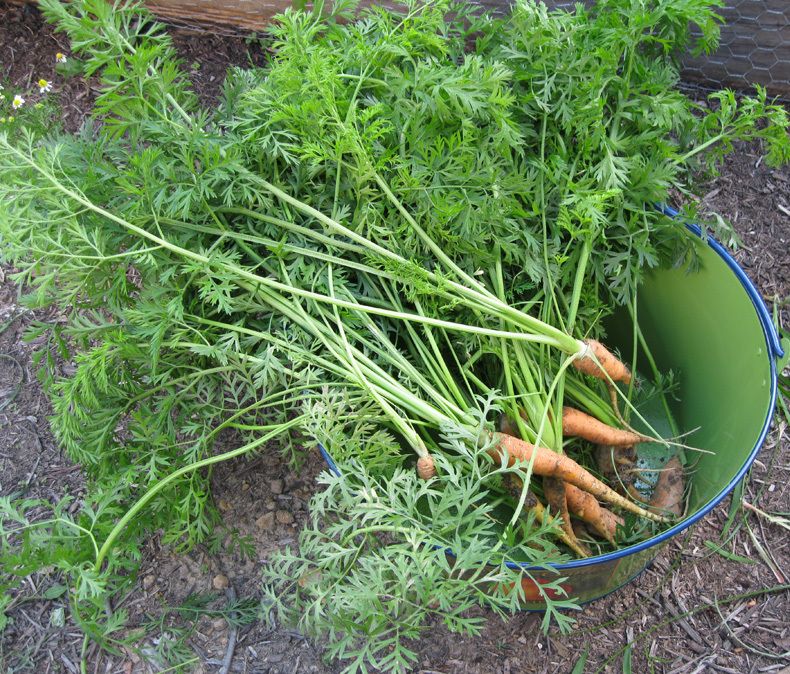ATH: Grow the right amount of vegetable in the garden
Summary: The decision to plant a garden has been made. Plant the proper amount so you dont end with too much or too little for your family. Choose easy to grow varieties resistant to pests and disease to lighten the workload that comes with growing your own food.
You have finally taken the advice of friends, magazines, television shows and newspapers and have decided to try your hand at gardening. Congratulations are certainly in order but stop and think for a moment.
What are you going to plant? Rule number one is always to plant what you will eat. Rule number two? You should plant appropriate amounts. There is little reason for a family of four to plant a 100 foot row of tomatoes unless they plan on using or preserving 200 pounds of tomatoes in the coming year.
Its always nice to have food from the garden to preserve but consider the time it takes to can, dry and freeze and how much space said preserved food will take up in your pantry, freezer or cellar. 200 pounds of tomatoes might not be practical for a typical family living in a typical house with a typical schedule that scarcely leaves time for meal preparation let alone food preservation.
It would take a giant garden to plant enough food to feed a family of four for an entire year. A forty by one hundred foot garden is about the size one would need to realistically grow that much food. For most of us, this is not possible. For those who do have garden this large, it is doubtful you need any advice because you are probably a seasoned gardener.
If you are new to gardening it is best to choose plant varieties that are considered easy to grow. Tried and true varieties will give you the best yield even if you arent quite sure what you are doing. Ask your local nursery for tips on choosing plants that are suitable for a beginner, disease and pest resistant and your harvest will make you look like an expert.
Heres a basic guide to follow when planting a garden that will feed a family of four into the autumn with a little left over for preservation. If you are limited on space remember almost all vegetables can be grown in containers with much success. These are some of the more common vegetables found in gardens in our region.
Tomato: Tomatoes are always popular in the garden and some varieties are easier to grow than others. For a typical family of four where everyone eats tomatoes you can plant between 5-9 plants. Choosing different varieties that ripen at various times in the season will allow you to eat fresh and preserve the rest gradually throughout summer and autumn.
Pepper: No Ohio garden is complete without a stunning variety of sweet and hot peppers. 3-5 plants will allow for fresh peppers that will last from summer to the first frost of autumn. Plant a few more if you want to preserve more for the taste of summer this winter.
Carrot: Carrots grow quickly and when you utilize succession planting you can have them from spring until the first frost. A ten foot row can be planted and harvested several times throughout the growing season. Carrots prefer cool weather and will even withstand frost in spring or autumn. Try Danvers Half Length, a sweet, heirloom variety. They can be planted close together and do not need very deep soil so they work in containers as well as a typical in-ground garden.
Radish: Rather a like or hate vegetable, the radish is a fast-growing spring crop that does not preserve well. If you love them, grow a five foot row every thirty days until it gets too hot. They hate the heat and will not develop properly when the temperature is above eighty degrees. Consider them a seasonal treat. When the weather cools down in autumn you can plant more.
Beans: Beans are a practical choice for the garden even if space is limited. Pole beans will grow up nearly anything strong enough to hold them. Make or purchase trellises. Three pole bean plants will provide more than enough food for a family of four. Plant successively so you are not harvesting them all at once.




